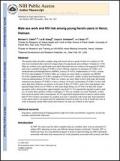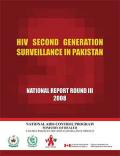Publications on Male Sex Workers (MSW)

Resource | Reviews and Snapshots,
Although the prevalence of HIV in the general population is low (0.2%) and is mainly concentrated among injecting drug users (IDUs) in Jakarta, West Java and Bali, the epidemic has now spread to other key populations at higher risk such as non‐injecting partners of IDUs, sex workers and their clients.
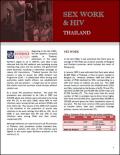
Resource | Reviews and Snapshots,
Beginning in the late 1980s, the HIV epidemic increased rapidly in Thailand, particularly in the upper Northern region. In 1990‐91, soon after it was observed that the HIV epidemic was spreading among injecting drug users and sex workers, the government acted decisively, launching a nationwide campaign to reduce HIV transmission.
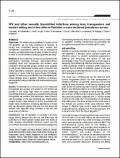
Resource | Publications,
The extent and possibilities of spread of the HIV epidemic are not fully understood in Pakistan. A survey was conducted among men, women and transgender populations selling sex in Rawalpindi (Punjab) and Abbottabad (North West Frontier Province) in order to inform evidence-based programme planning.
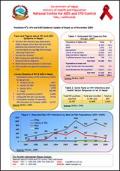
Resource | Fact Sheets,
Facts and Figures about HIV and AIDS Epidemic in Nepal:
- The first HIV infection was detected in 1988 in Nepal. Since then HIV and AIDS epidemic has evolved from low‐ to concentrated among High Risk Groups:
* Injecting Drug Users,
* Female Sex workers,
* Men having Sex with Men and
* Seasonal labour Migrants.
-Heterosexual transmission is dominant.
-HIV prevalence in general population is <1%

Resource | Publications,
A regional discussion on HIV transmission in intimate partner relationships was initiated by UNAIDS through a regional meeting on Women and HIV in Cambodia in July 2006. Subsequently, UNAIDS convened a satellite session at the 8th International Conference on AIDS in Asia and the Pacific at Colombo in August 2007, and some countries started to work on desk reviews.
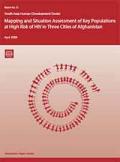
Resource | Publications,
As yet, little information is known about the size, distribution, and characteristics of IDU and sex worker sub-populations in Afghanistan. Therefore, the World Bank (WB) agreed with the Ministry of Public Health (MOPH) to contract with the University of Manitoba (UM) to conduct an assessment of these three key, high risk populations in three cities of Afghanistan: Mazār-i-Sharif, Jalalabad, and Kabul.








